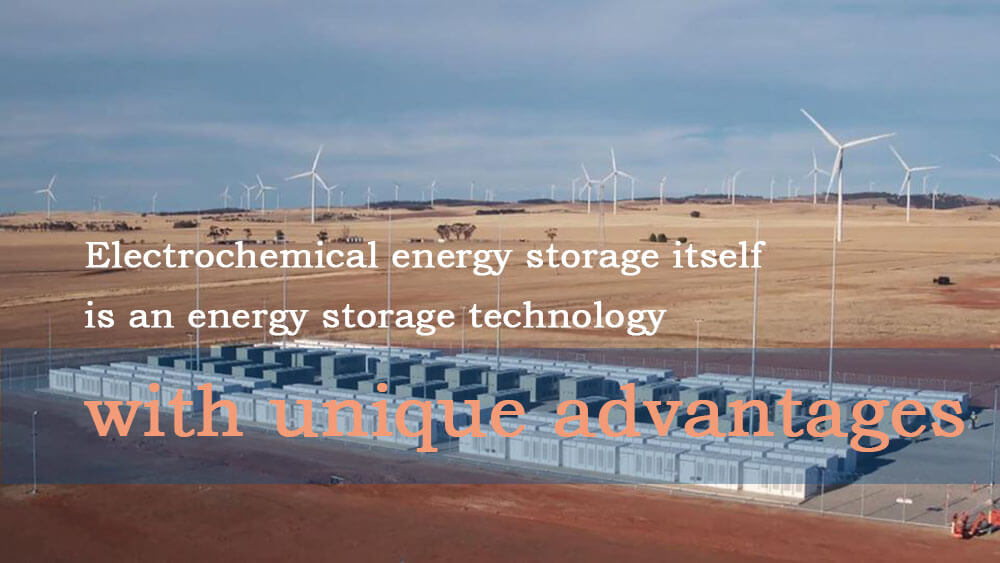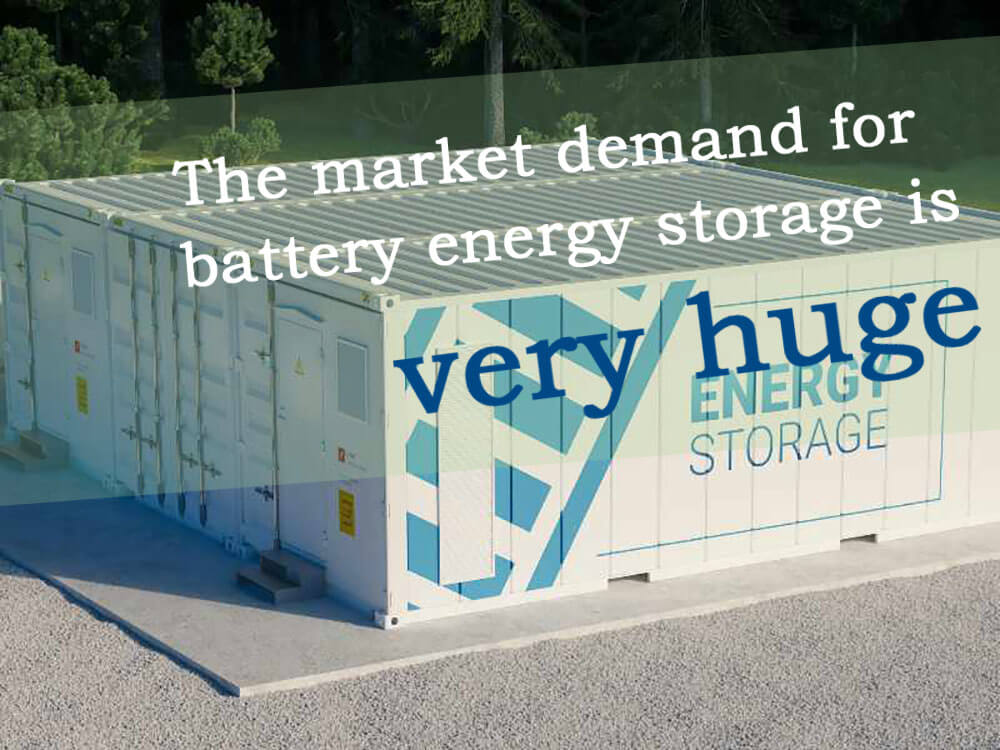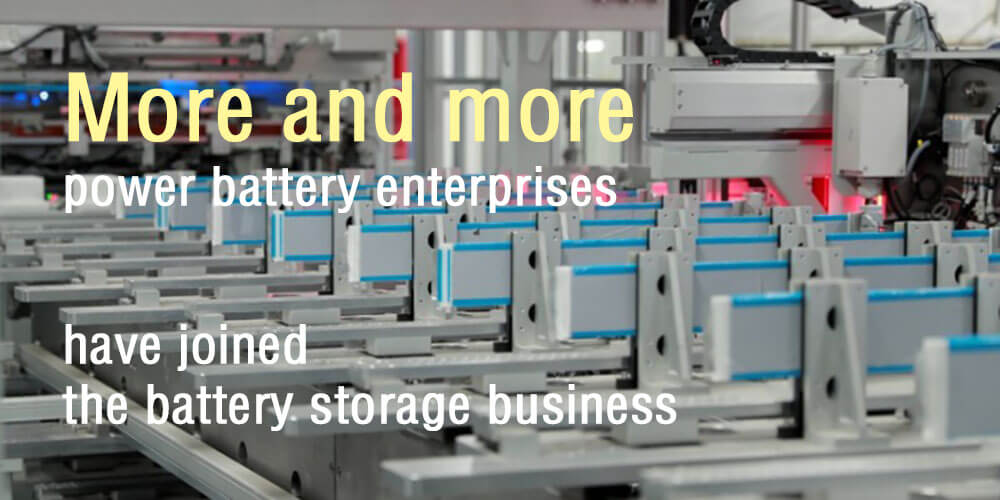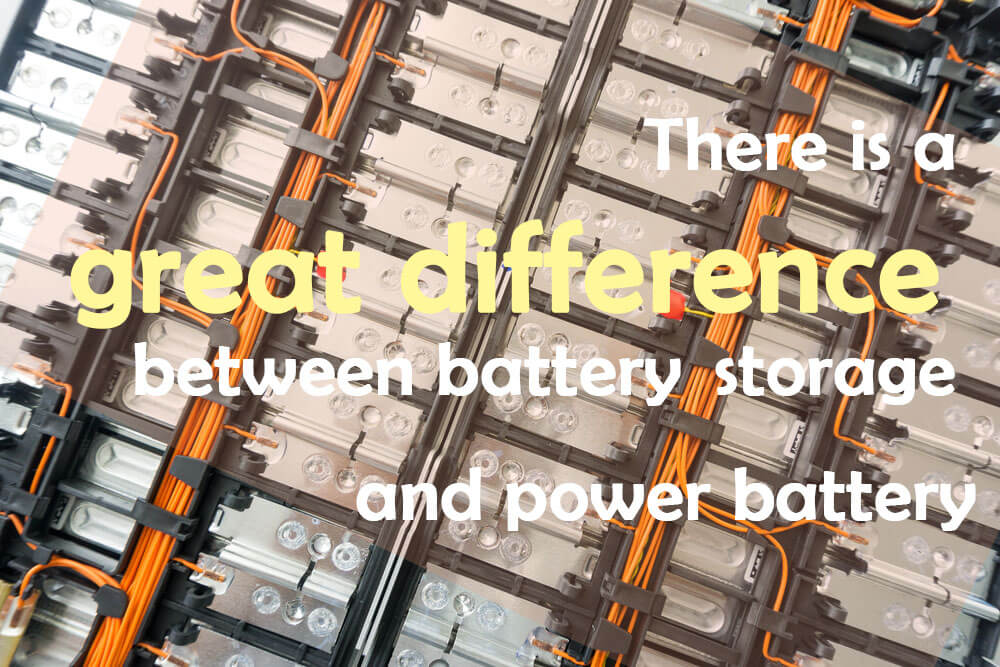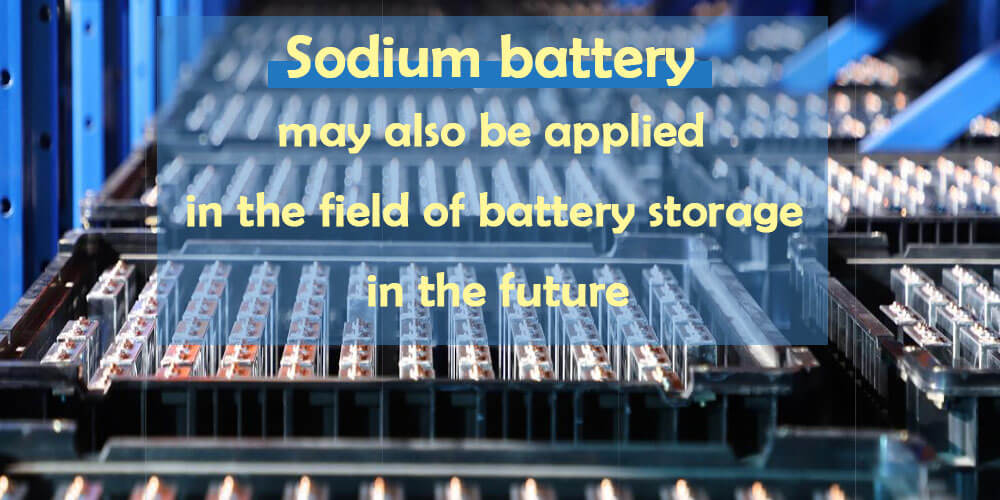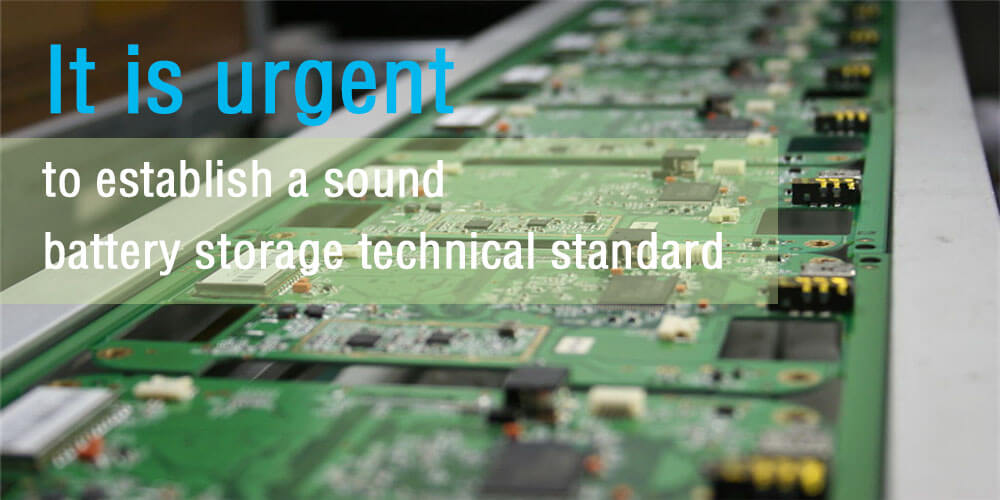Home » battery storage » Battery storage is hot, will it affect the development of power battery?
Battery storage is hot, will it affect the development of power battery?
In recent years, the market demand for battery storage is expanding day by day. And power battery enterprises have joined the energy storage business. The shipment and proportion of battery energy storage products are rising rapidly. Why are they producing energy storage battery products?
- Under the goal of carbon neutrality, battery storage has a bright future
- The proportion of battery storage business of power battery enterprises increased
- The difference between power battery and battery storage
- Will the rise of battery storage have an impact on power battery?
- How is battery storage likely to evolve in the future?
Under the goal of carbon neutrality, battery storage has a bright future
First of all, electrochemical energy storage itself is an energy storage technology with unique advantages. There are many ways of energy storage, including thermal energy storage, electric energy storage and hydrogen energy storage. Electric energy storage is divided into electrochemical energy storage, mechanical energy storage. At present, pumping energy storage is the most mature and widely used energy storage technology in mechanical energy storage, and its installed capacity accounts for more than 90%. However, pumped energy storage needs to be built in areas with abundant water sources and of high and low altitude, which are limited. Meanwhile, high investment and long construction cycle are also factors that must be faced in the construction of pumped energy storage stations, so its disadvantages are very obvious. The electrochemical energy storage has the advantages of convenient installation, flexible use and wide application range, and has become the most promising energy storage technology recently.
Secondly, in terms of technology, battery energy storage is gradually mature. Compared with pumped energy storage, electrochemical energy storage is still a new technology, and the technical requirements are higher and more sophisticated. However, batteries in different application fields, such as power battery, after years of development, the cost keeps falling and performance keeps rising, which lays a foundation for the development of battery energy storage. In addition, the targeted design of energy storage system further drives the popularization of energy storage. At present, battery energy storage has entered the stage of commercialization, the cost is gradually reduced, and will surely develop more rapidly in the future.
Another very important point is that the market demand for battery energy storage is very huge, especially after the proposal of carbon neutrality and carbon peak, countries all over the world have accelerated the adjustment of energy structure and vigorously developed clean energy. Carbon neutrality requires the development of renewable energy such as photovoltaic and wind power to replace fossil fuels. Renewable energy generation depends on natural conditions and has the characteristics of intermittency and fluctuation. The mismatch between the availability of intermittent energy and the actual energy demand is a major obstacle to its utilization. The only way to solve this problem is to build energy storage systems that store electricity when photovoltaic and wind power are plentiful and release the stored power when needed. At the same time, extreme weather phenomenon also accelerated the growth of energy storage demand, so carbon neutrality can be simply said to be renewable energy + energy storage.
In the field of electrochemical energy storage, lead acid batteries were mainly used at first, and lithium ion batteries began to emerge in 2012. Relevant data show that lithium ion batteries currently account for about 92% of the entire electrochemical energy storage, especially lithium iron phosphate batteries in China.

According to CNESA data, by 2020, the total installed capacity of global electrochemical energy storage was 14.2GW, with a year-on-year growth of 49.2%, accounting for 7.4% of the installed capacity of energy storage system. The accumulative installed capacity of electrochemical energy storage in China was 3.27GW, with a year-on-year growth of 91.2%, accounting for 9.2% of the total energy storage. Backed by the booming power battery, the cost of lithium iron phosphate has a great advantage. Coupled with high energy conversion, long life, safety characteristics, the best comprehensive performance, lithium iron phosphate has been widely used in all aspects of the battery storage system. Although ternary lithium battery has higher energy density, energy density is not the most core index for battery energy storage, and it has higher requirements for safety, and the price is not superior. Therefore, the application of ternary lithium in battery energy storage is seldom considered.
Another reason that is easily overlooked is that battery storage is relatively profitable. Battery storage is in greater demand in developed countries, where household solar and wind energy storage systems are common in homes. Energy storage products are exported to Europe, America, Japan and other developed regions, the product profit is greater than power battery. Take CATL as an example, in 2019 and 2020, the gross profit margin of its power battery system was 28.46% and 26.56%, while the gross profit margin of energy storage system was 37.87% and 36.03% respectively, 10 percentage points higher than that of power battery.
The proportion of battery storage business of power battery enterprises increased
More and more power battery enterprises have joined the battery storage business, and the proportion is increasing year by year.
Last year, CATL’s annual energy storage system revenue was 1.943 billion yuan, up 218.56% year on year; Energy storage system sales were 2.39GWh, up nearly 237% year on year. Svolt energy also makes efforts in energy storage business. It not only builds optical storage and charging project in Dalian, but also has the functions of peak load filling, emergency power backup, quick charging of electric vehicles, orderly charging management, etc. It also released a series of large-scale energy storage system products oriented to system application. In the first half of this year, Rept had more than half of its capacity in energy storage products and shipped relatively few power batteries. Many familiar power battery enterprises have a large amount of shipments in the field of battery energy storage.
Data show that in 2020, among the newly installed electrochemical energy storage projects in China, the top 10 energy storage technology providers in installed scale are CATL, Risen, Haiji New Energy, Yiwei Power, Shanghai Electric Guoxuan New Energy, Nandu Power, Ganfeng Battery, BYD, AVIC Lithium and Guoxuan High-tech.
The difference between power battery and battery storage
It is also the main application scenario of lithium ion battery, and also the battery fields with good development momentum under the advocacy of energy conservation and emission reduction. There is a great difference between battery storage and power battery. Power battery, as the power source of electric vehicle, requires as high energy density as possible under the premise of safety, so as to have a long range. Its high and low temperature performance requirements are also very high, charging and discharging speed requirements are relatively fast. The battery energy storage has no need for mobility and energy density, but has higher requirements on cost and cycle times. Low cost, long life, high safety and easy recovery are the development goals of battery energy storage. 1500-2000 cycles is enough to meet the power battery requirements of passenger cars, but the battery energy storage requirements are at least 8000 cycles, which is much stronger than the power battery requirements.
Different from the field of power battery, the application scenarios of battery energy storage are more diverse. Choose battery storage with different performance characteristics according to different scenarios, such as peak cutting and valley filling for industrial and commercial use, standby power supply, renewable energy grid-connection, large-scale peak shaving, and household energy storage.
Will the rise of battery storage have an impact on power battery?
In terms of raw materials and production lines, the development of battery energy storage will not has a great impact on power battery. First of all, these two types of batteries can be co-produced or separately produced according to the enterprise’s own choice. Therefore, in the production process, power battery and battery energy storage can be completely independent of each other. Secondly, from the perspective of raw material supply, the supply of anode materials for lithium iron phosphate batteries is sufficient to meet the large-scale demand of these two application directions.
In fact, at present, echelon utilization has become a major direction for the disposal of retired power battery. Generally, the retired batteries of electric vehicles are used in low-speed vehicles, and then gradually used in power station energy storage, base station backup, emergency lighting and other fields. In addition, in terms of enterprise brand building, battery energy storage is far inferior to power battery in terms of demand stability and brand power improvement due to high uncertainty. Therefore, although the profit of battery energy storage is relatively high, some enterprises will not have too much layout in the field of battery energy storage.
How is battery storage likely to evolve in the future?
Sodiumion batterymay become the future technology direction
Sodium ion battery has a series of advantages such as more resource, lower cost of electrolyte, and no over discharge characteristics. But the development of sodium ion battery has been slow, mainly because the right cathode materials have not been found to turn sodium ions into low-cost, practical batteries. With the continuous innovation of sodium battery material system, it may also be applied in the field of battery energy storage in the future.
Hybrid energy storage
Due to the limitation of single technology route, hybrid energy storage system (HESS) refers to the hybrid application of several different types of energy storage system, which has the common ground that two or more types of energy storage are combined together to form a single energy storage system. At present, there are mainly the following combinations: thermal energy storage + battery, battery + battery of different technology types, super capacitor + battery, flywheel + battery. However, hybrid energy storage systems still face disadvantages. For example, the hybrid system itself will have more complex power management requirements. Currently, there are no specific data on the average cost of hybrid energy storage systems.
Sound technical standard and testing system
Another very important development is the improvement of the safety of battery energy storage. As mentioned in the previous section, some retired power batteries will be used in a cascade of energy storage products. Retired battery from small to large, security risks increased. In recent years, accidents of energy storage power stations occur frequently. In fact, the safety problem of energy storage power station is a systematic problem, which is often triggered by a certain factor and developed by the interaction of multiple factors, and eventually leads to the fire or explosion of battery energy storage.
Safety accidents in energy storage power stations are mainly caused by the following reasons, 1) Direct cause: the failure of the battery energy storage itself, the thermal runaway of the battery energy storage under the stimulation of external electricity and heat excitation source, and the lack of internal controllable safety design of the battery energy storage system; 2 )Human factors: operation errors or improper on-site disposal; 3)The root cause is the imperfect system and non-standard management: Compared with the industrial standard of electric vehicles, the industrial standard of battery energy storage has not been systematically established, and it is urgent to establish a sound energy storage technical standard and testing and certification system.


